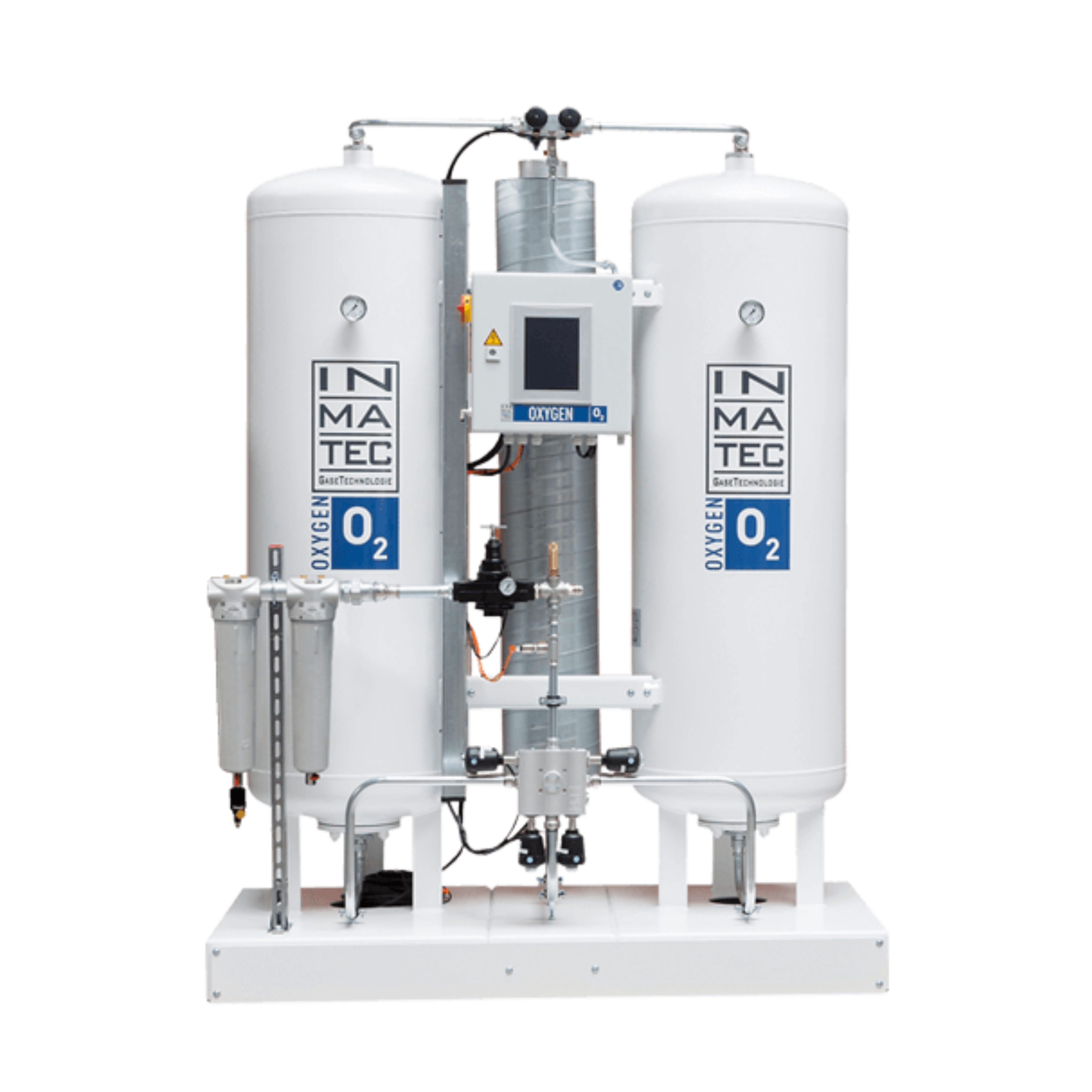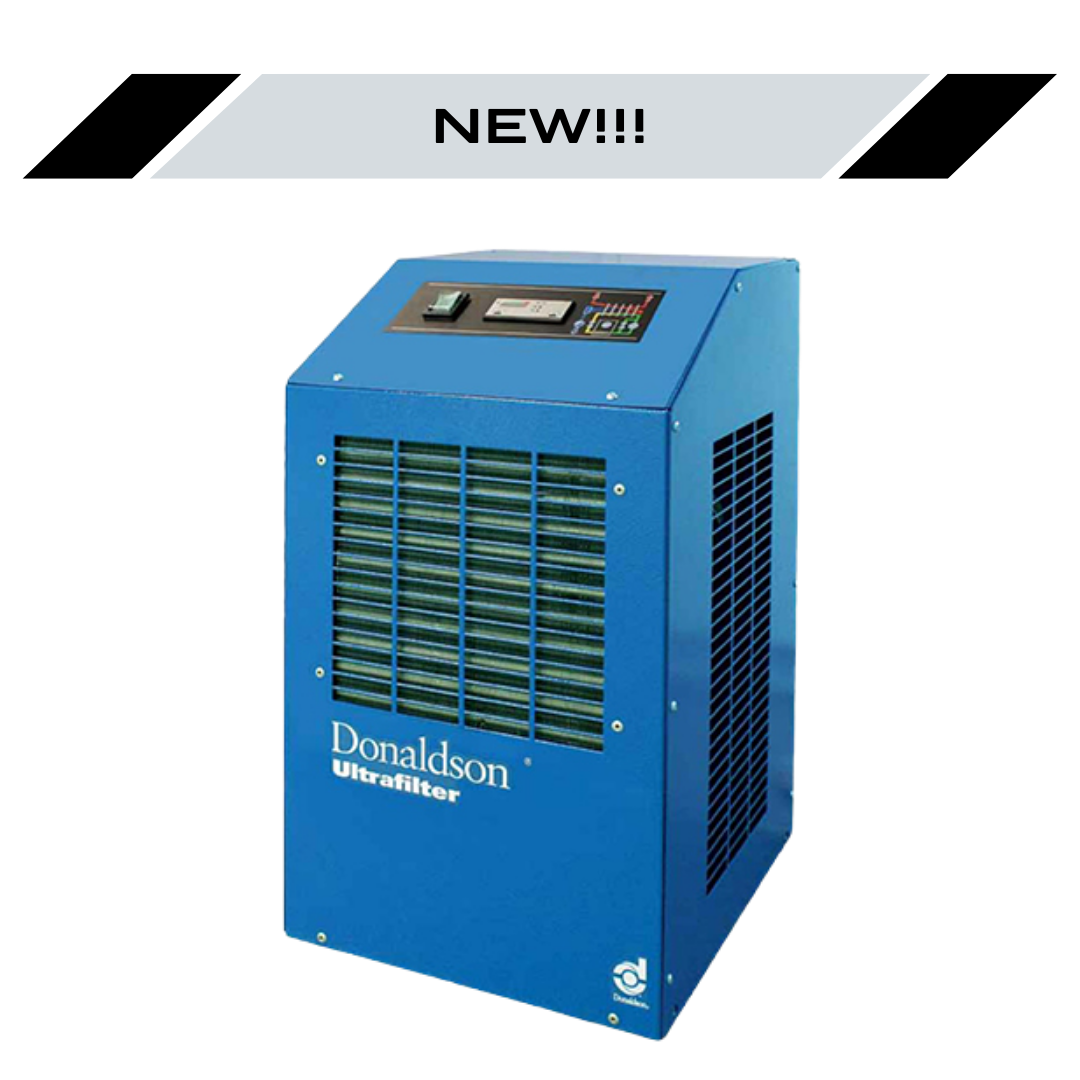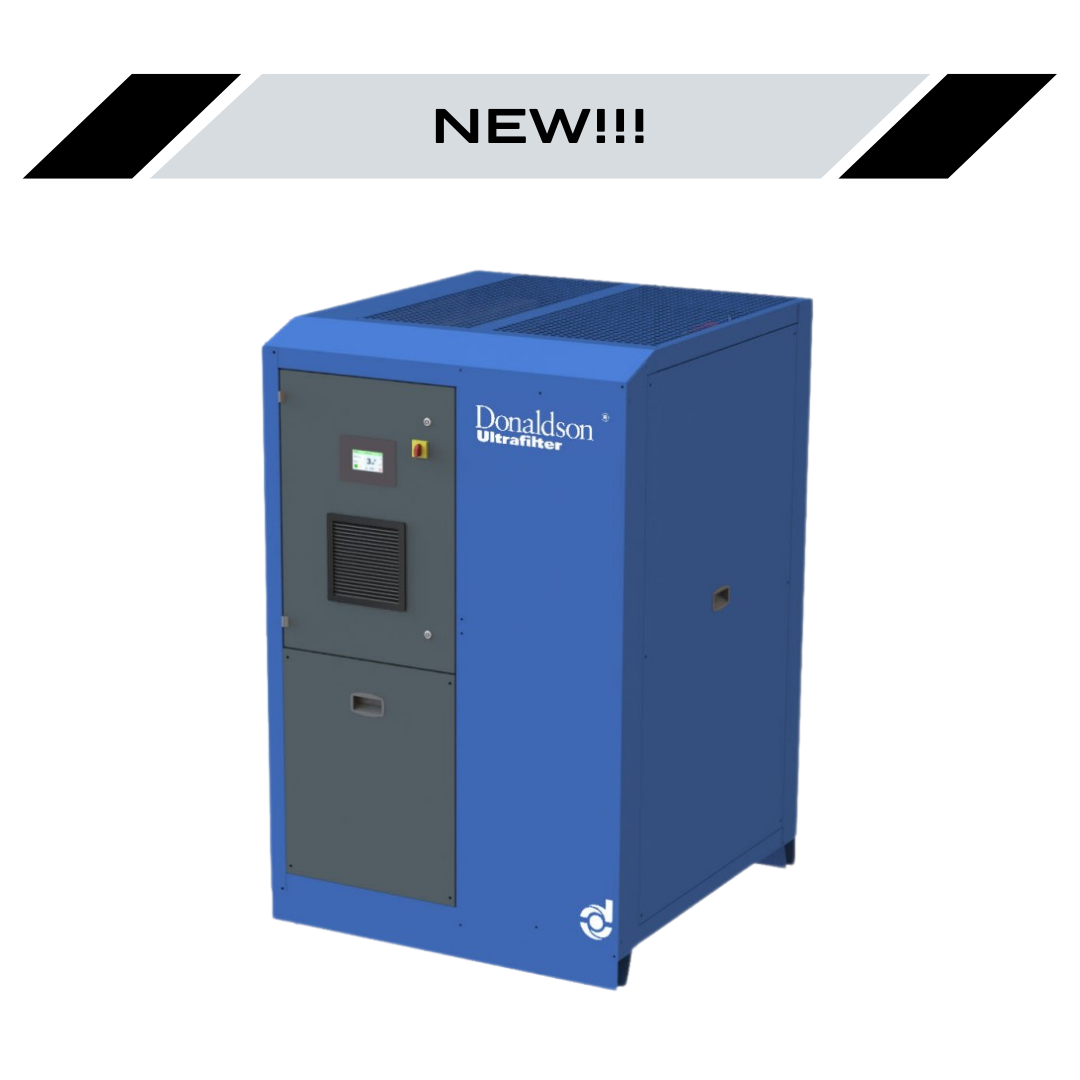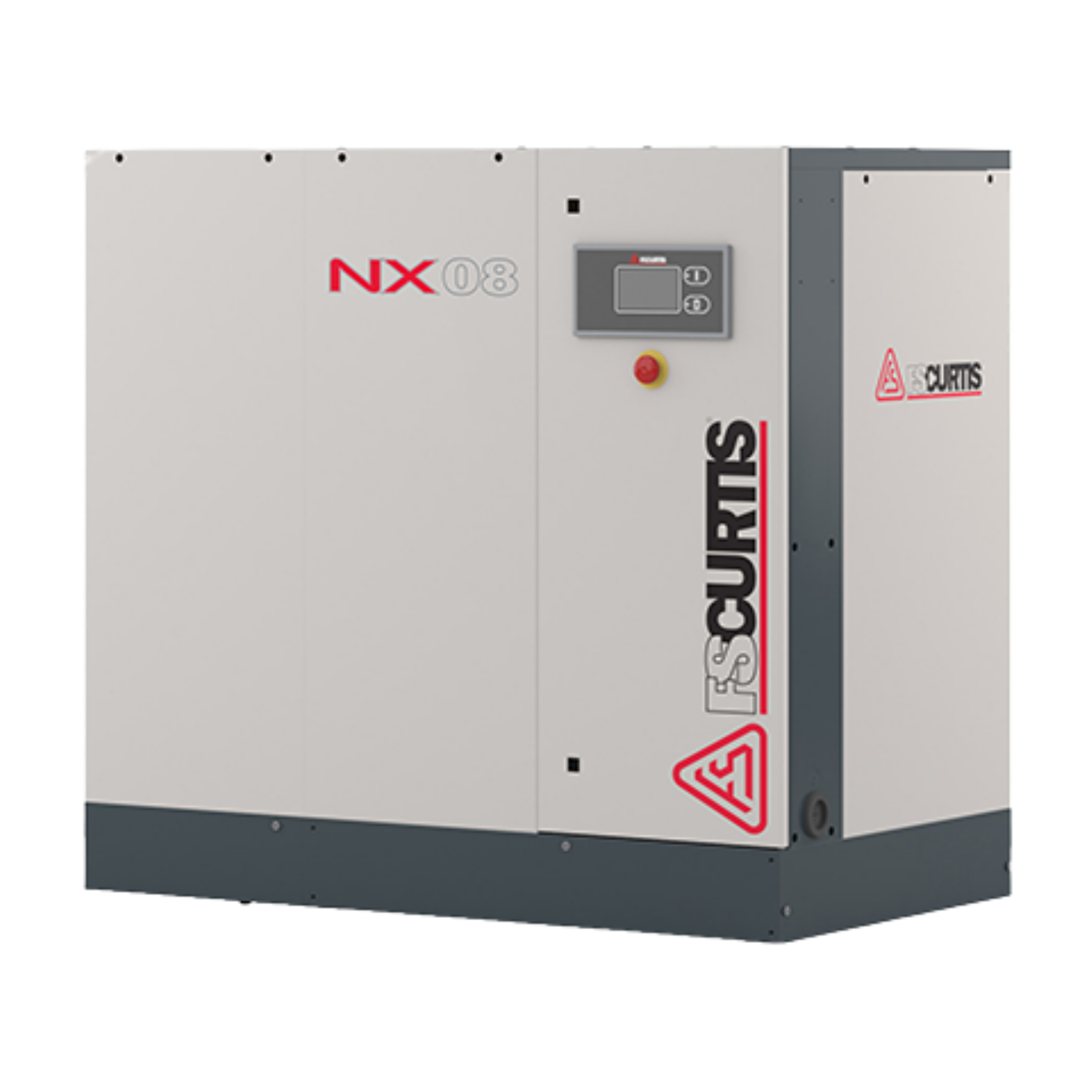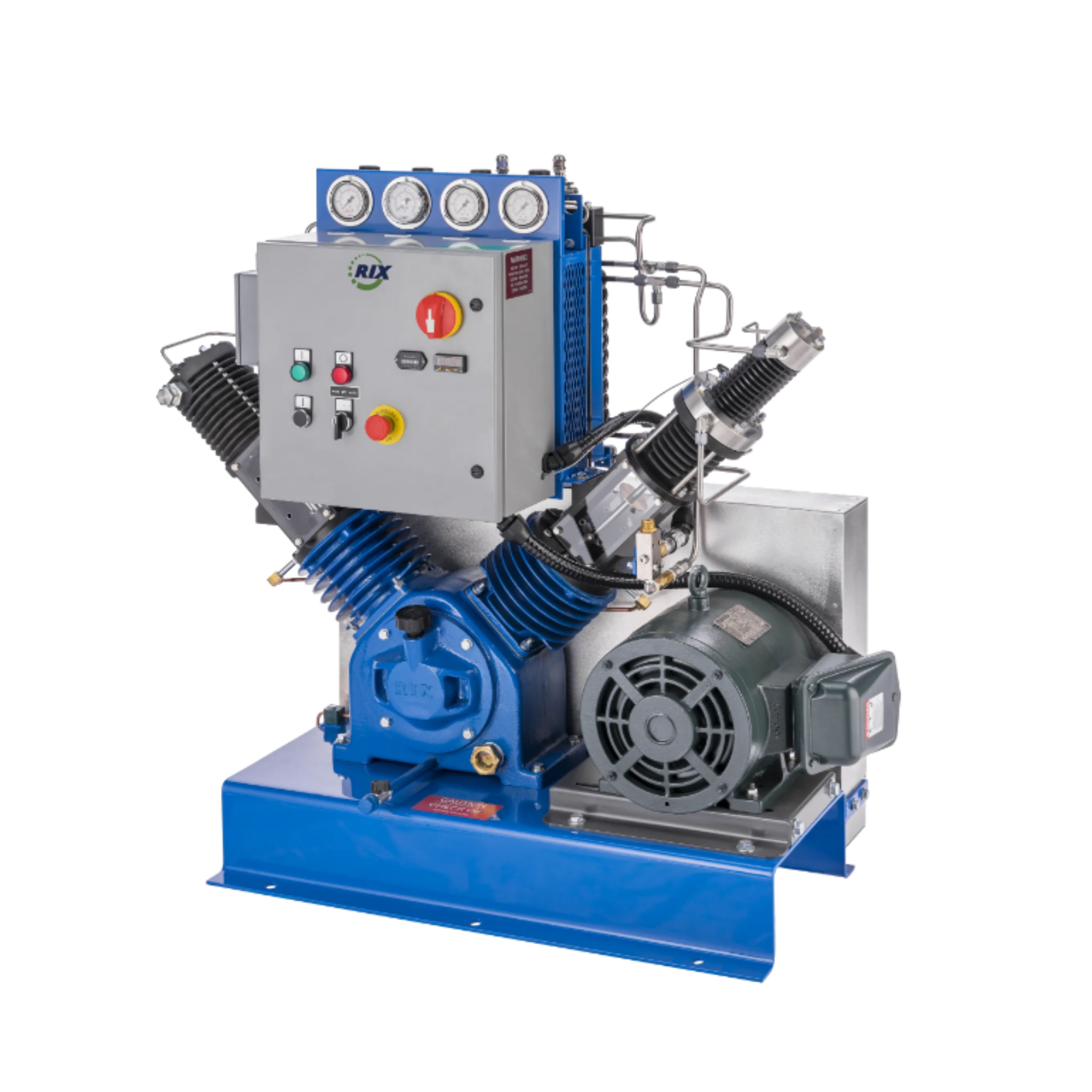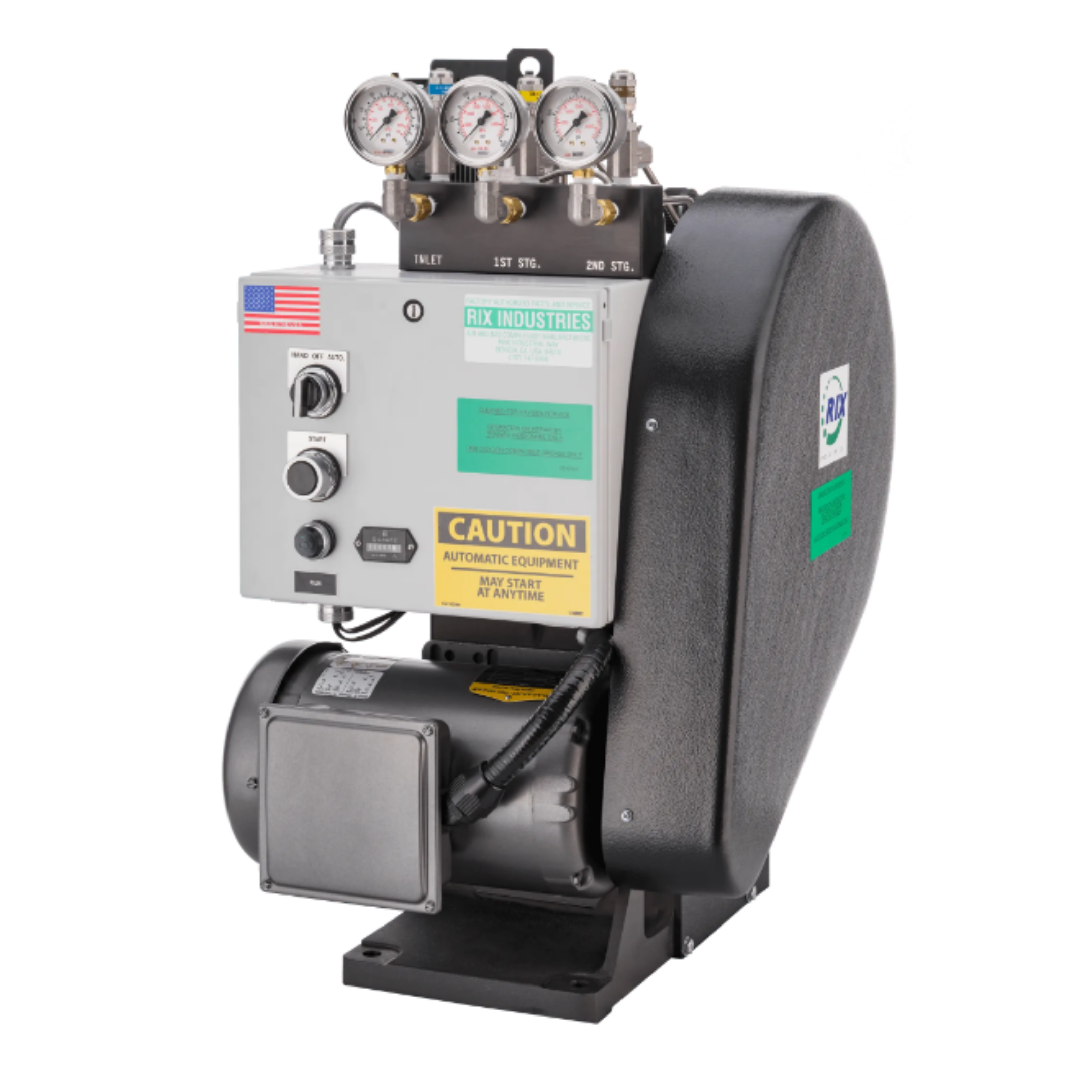.png)
Medical Gas and Medical Vacuum Installation System is a central set of medical gas and medical vacuum, pipe installation, shut-off valves and medical gas alarms to the point of medical outlet and inlet.
In carrying out medical gas installation projects, the standards we use as role models are the Health Technical Memorandum (HTM 2022), the National Fire Protection Association (NPFA 99), the Australian Standard (AS 2896) and the Minister of Health Regulation.
REGULATION OF THE MINISTER OF HEALTH CONCERNING THE USE OF MEDICAL GAS AND MEDICAL VACUUM IN HEALTH SERVICE FACILITIES.
CHAPTER I GENERAL PROVISIONS
Article 1
In this Ministerial Regulation what is meant by:
1. Medical Gas is gas with special specifications used for medical services at service facilities.
2. Medical Vacuum is a tool with special specifications that is used to suck body fluids in medical services at service facilities.
3. Medical Gas and Medical Vacuum Installation System is a central set of medical gas and medical vacuum, pipe installation, shut-off valves and medical gas alarms to the point of medical outlet and inlet.
4. Oxygen Concentrator is a machine that separates oxygen in the air (21%) with nitrogen in the air (78%) and other gases (1%). The output of this machine is Oxygen with a concentration of at least 90%.
CHAPTER II TYPES OF MEDICAL GAS AND MEDICAL VACUUM
Article 2
• Medical Gases consist of pure Medical Gases and Medical Gases.
• Pure Medical Gas as referred to in paragraph (1) includes:
1. oxygen (O2);
2. nitrous oxide/nitrous oxide (N2O);
3. nitrogen (N2);
4. carbon dioxide (CO2);
5. helium (He);
6. argon (Ar);
7. medical compressed air; and
8. compressed air tool (instrument air).
• Mixed Medical Gas as referred to in paragraph (1) is a mixture of Medical Gas.
Article 3
• The Medical Vacuum includes an assembly of a central vacuum apparatus and a piping network for the use of patient body fluids for medical, medical surgery, and anesthetic exhaust gases.
• The exhaustion of the remaining anesthetic gas as referred to in paragraph (1) is the process of capturing and distributing gas that is discharged from the patient's respiratory circuit during normal operation of the anesthetic gas or equipment.
Article 4
Medical Gas and Medical Vacuum as referred to in Article 2 and Article 3 must meet the quality and specification requirements as contained in Attachment I which is an integral part of this Ministerial Regulation.
CHAPTER III USE OF MEDICAL GAS AND MEDICAL VACUUM
Article 5
• The use of medical gases and medical vacuums in health care facilities is carried out through:
1. Medical Gas and Medical Vacuum Installation System;
2. medical gas cylinder;
3. Portable Oxygen Concentrator; and/or
4. Medical Vacuum Tool.
• In terms of the use of Medical Gas and Medical Vacuum in health care facilities in the operating room, intensive room, and emergency room, it must be done through distribution to the Medical Gas and Vacuum Installation System.
• The use of Medical Gas and Medical Vacuum as referred to in paragraph (1) and paragraph (2) must meet the requirements for use as contained in Attachment II which is an integral part of the Ministerial Regulation.
Article 6
• In the use of Medical Gas and Medical Vacuum, it must be operated by a health service facility officer who has competence in the field of Medical Gas and Medical Vacuum or appoints a competent party.
• Operation of Medical Gas and Medical Vacuum at health service facilities by officers as referred to in paragraph (1) must comply with the provisions in this Ministerial Regulation and Standard Procedures.
Article 7
The use of medical gases and medical vacuums in health care facilities must be documented and evaluated periodically and continuously.
CHAPTER IV TESTING
Article 8
• Medical Gas and Medical Vacuum Installations must be tested and inspected before being put into operation for the first time.
• In addition to being tested and checked before being operationalized for the first time as referred to in paragraph (1), Medical Gas and Medical Vacuum installations must be tested and inspected periodically at least 1 (one) time in 3 (three).
• Medical Gas Cylinders, portable Oxygen Concentrators and portable Medical Vacuum devices must be tested and/or calibrated periodically in accordance with the provisions of the legislation. • The testing as referred to in paragraph (1) to paragraph (3) is carried out by the authorized testing institution in accordance with the provisions of the legislation.
Article 9
• Medical Gas and Medical Vacuum Installations that are declared to have passed the testing and inspection must be given an operation-worthy certificate issued by the competent agency.
• Medical Gas and Medical Vacuum Installations which are declared to have not passed the testing and inspection must be given a certificate or recommendation for repairs with a period of time.
CHAPTER V GUIDANCE AND SUPERVISION
Article 10
• The Minister, Governor, Regent/Mayor shall provide guidance and supervision on the implementation of the provisions in this Ministerial Regulation in accordance with their respective authorities.
• The Minister, Governor, Regent/Mayor in carrying out the guidance and supervision as referred to in paragraph (1) may involve professional organizations and associations.
• The guidance as referred to in paragraph (1) is carried out through advocacy and socialization, providing guidance, supervision, monitoring and evaluation, consultation, and/or education and
• In the context of supervision, the Minister, Governor, Regent/Mayor in accordance with their respective authorities may provide administrative actions in the form of:
1. verbal warning;
2. written warning; and/or
3. revocation
• The imposition of administrative action as referred to in paragraph (4) is carried out in accordance with the provisions of the legislation.
CHAPTER VI TRANSITIONAL PROVISIONS
Article 11
When this Ministerial Regulation comes into force, all Health Service Facilities that provide services for the use of Medical Gas and Medical Vacuum must comply with the provisions in this Ministerial Regulation no later than 3 (three) years since this Ministerial Regulation is promulgated.
